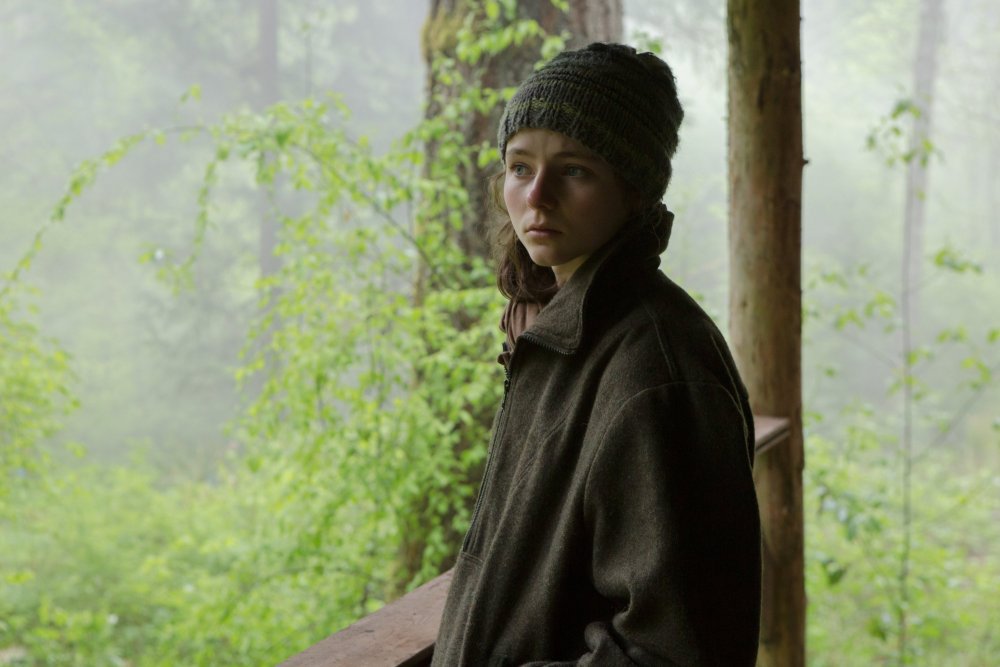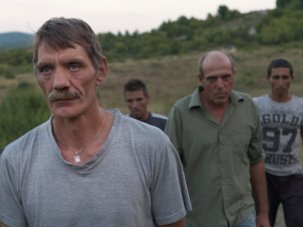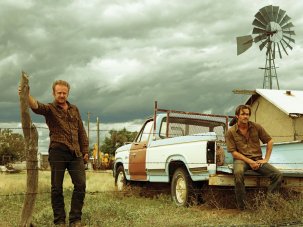Debra Granik’s third fiction feature treks through a territory of backwoods and dysfunctional families that is only a few steps removed from her garlanded Sundance success Winter’s Bone (2010). In Leave No Trace, we’re in Oregon, on the outskirts of Portland, trailing a father and daughter as they are forced from their illicit camp in a state park through a series of temporary homes and shelters, in a rustic variant on Ken Loach’s Cathy Come Home (1966).
USA 2018
Certificate PG 108m 36s
Director Debra Granik
Cast
Will Ben Foster
Tom Thomasin Harcourt McKenzie
Dale Dickey Dale
tree farmer Jeff Kober
Tom’s neighbour Isaiah Stone
Jean Bauer Dana Millican
Dr Berkshire Ayanna Berkshire
Valerie Alyssa Lynn
Tiffany Ryan Joiner
[1.85:1]
UK release date 29 June 2018
Distributor Sony Pictures Releasing UK
filmbooking.findanyfilm.com
► Trailer
The opening scenes reveal the practicalities of their hideaway home – building a fire, boiling eggs, patching the tarpaulins that provide shelter from the insistent rain, practising drills to avoid detection. When a jogger spots their camp, however, the police arrive with sniffer dogs that Tom and Will can’t outrun, and they are forcibly evicted.
The film is loosely based on Peter Rock’s 2009 novel My Abandonment, which was itself inspired by newspaper reports of an off-grid father and daughter discovered in the same way. The film deviates substantially in its plot, and its new title offers an intriguing commentary on its protagonists’ precarious situation: combining a mantra of wildlife conservation with an imperative for fugitives to avoid arrest.
The local officials deem Will (Ben Foster) and his teenage daughter Tom (Thomasin Harcourt McKenzie) homeless, but the word doesn’t really describe their situation. For one thing, they both insist that the camp they live in, albeit illegal, is as efficient and comfortable a home as they need. Will has managed (somewhat improbably) to educate Tom to a higher level than she would have achieved in school, and both are physically healthy and strong. Will is an army vet, though, and his mental health has been ravaged by PTSD; harrowingly, selling his prescription drugs to addicts is the only way he can rustle up money to buy supplies. And as becomes increasingly apparent, a permanent home is the last thing he wants.
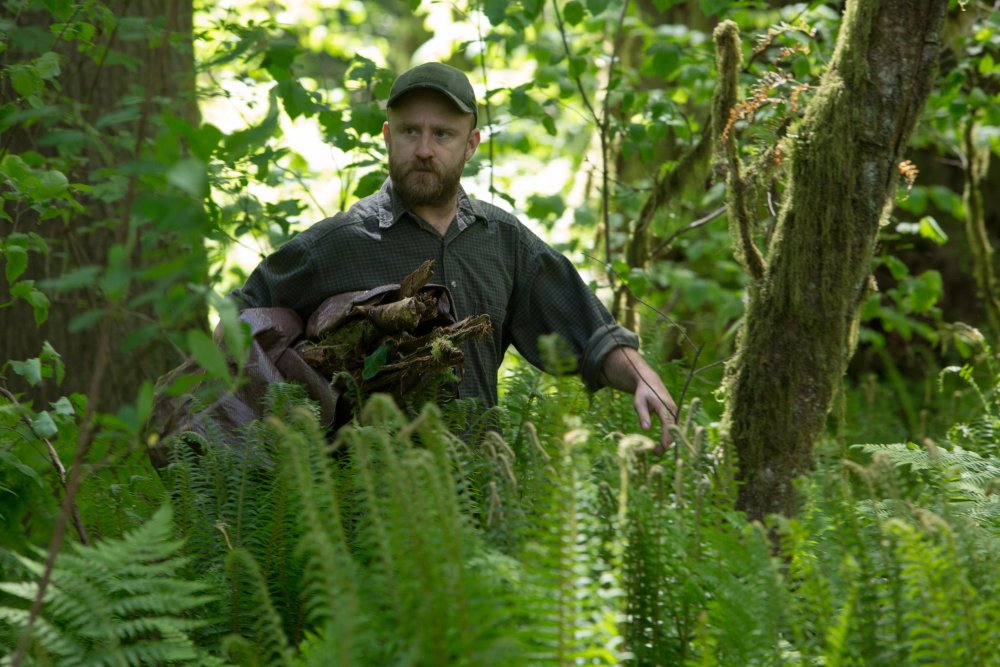
Ben Foster as Will
In the same way that Winter’s Bone showcased Jennifer Lawrence’s talents, Leave No Trace presents a potentially star-making turn from its young star Harcourt McKenzie: she is excellent – watchful, sensitive and ambiguously aged. At times her character’s lack of peer-group socialisation leaves her stranded in childhood, while at others she is wise beyond her years. At pivotal points in the film – when she catches herself in the act of wishing for a life not ruled by her father’s paranoiac regime – she seems to stretch and grow older before our eyes.
Foster, who won acclaim for his supporting role in 2016’s Hell or High Water, offers another quite remarkable performance. Will’s deep instability is never in doubt, but Foster keeps it at a simmer, without indulging in exuberant displays. In fact, he provokes one of the film’s rare laughs at one of Will’s lowest moments, as he struggles to cope with psychologically probing questions fired at him by a machine – a scene of grim absurdity that recalls Loach’s I, Daniel Blake (2016). This is a film of few, and restrained, emotional outbursts. Tom’s tears when she frets about how her potential classmates will torment her are brief but indelible.
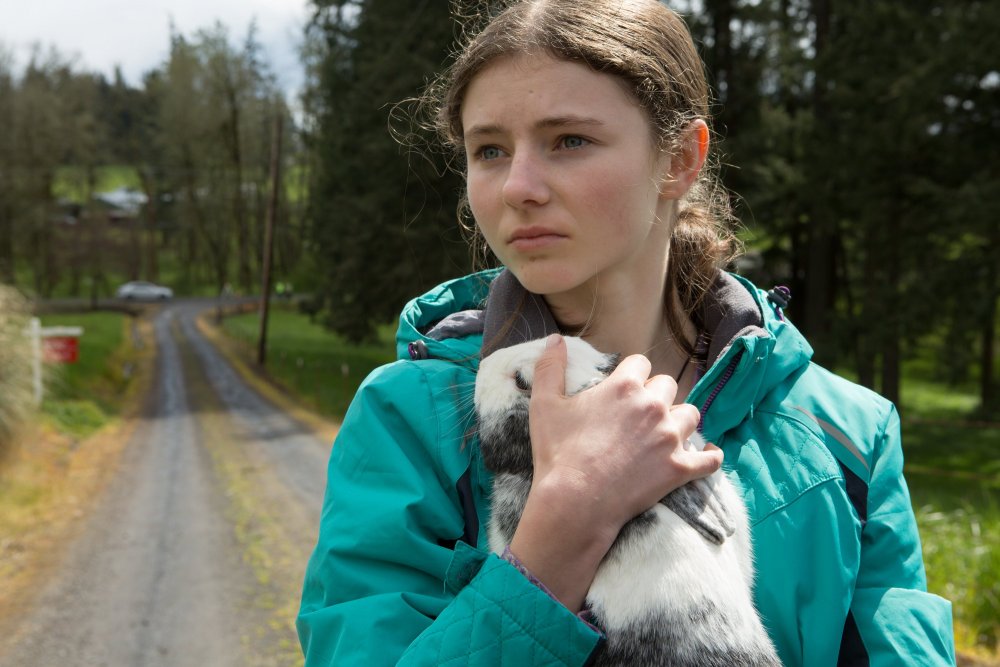
In fact, this is a drama so understated that its emotional climax plays out with barely any dialogue, and more attention needs to be paid to fluctuations in background noise than to any speech. Granik’s film is structured by a series of visual and aural contrasts: the rustling leaves and animal calls of the park are set against the blaring traffic of urban Portland; the forest, thick with giant Douglas firs, against a regimented farm of diminutive Christmas trees, which are to be selected for their symmetrical perfection and shipped off to customers in California.
It’s in the latter seemingly civilised space, not the wilderness, that Will’s PTSD is most painfully triggered, when helicopters buzz overhead, unloading trees to be machine-wrapped. Similarly, as Tom thrives on the brightly coloured clothes and social opportunities of a new life, Will shrinks and withers. In a fairylight-strewn clearing, Tom may find a best-of-both-worlds she can call home, but her father will always feel most secure among the bracken, dwarfed and protected by the forest canopy.
Consistently downplayed, and with little of the shocking squalor or violence of Winter’s Bone, Leave No Trace may struggle to make the same impact as Granik’s earlier film. It’s a rewarding experience, nonetheless: a story of deep emotional poignancy, with a grim political relevance. Tom and Will’s tragedy began in a conflict on foreign shores, but modern urban America offers no safe haven.
In the July 2018 issue of Sight & Sound
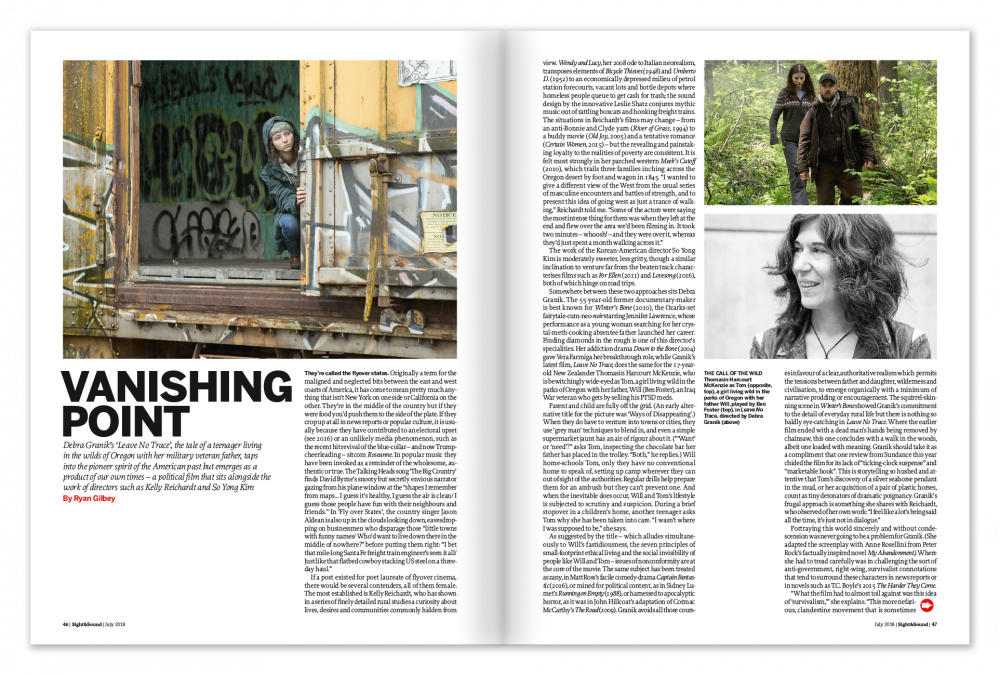
Vanishing point
Debra Granik’s Leave No Trace, the tale of a teenager living in the wilds of Oregan with her military veteran father, taps into the pioneer spirit of the American past but emerges as a product of our own times – a political film that sits alongside the work of directors such as Kelly Reichardt and So Yong Kim. By Ryan Gilbey.
-
Sight & Sound: the July 2018 issue

The irrepressible Agnès Varda, Cannes 2018, Marco Bellocchio, Debra Granik, The Happy Prince, Budd Boetticher and more.
-
The Digital Edition and Archive quick link
Log in here to your digital edition and archive subscription, take a look at the packages on offer and buy a subscription.





